With the iPhone 14 Pro, Apple introduced the Dynamic Island element to the world, which everyone must like at first sight. What about the fact that it actually only makes the processes of multitasking visible to the other, with which it "competes" to a certain extent. It is clear that this will be a trend that Apple will deploy in all future iPhones (at least the Pro series). Oh yeah, but what about the sub-display selfie?
Apple has released iOS 16.1, which makes Dynamic Island more accessible to third-party developers, giving iPhone 14 Pro owners more information. And that is certainly good news. You can either use it actively (that is, you interact with it) or only passively (that you only read the information it displays), but you cannot turn it off. If you did, you'd only get a black space that houses the front-facing camera and the Face ID sensors next to it.
Under display selfie
Historically, designers have tried to hide the elements that interfere with the display in various ways, for example with a rotating or somehow popping-up camera. It was dead ends where the sub-display camera seems to be the most reasonable. It is already starting to be used more and more, and for example Samsung's Galaxy Z Fold has already received it for two generations. It wasn't a miracle last year, but this year it's getting better.
Yes, it is still 4MPx (aperture is f/1,8) and its results are not worth much, but it is actually enough for video calls. After all, the device also has a selfie camera in the external display, which is much more usable, even for photos. The internal one is after all limited to the number, and therefore if it were in the hole, it would clearly spoil the large internal flexible display unnecessarily. Personally, I wouldn't need it there at all, but Samsung is testing the technology itself on it to a certain extent, and the high purchase price of the device will pay for this testing anyway.
It could be interest you
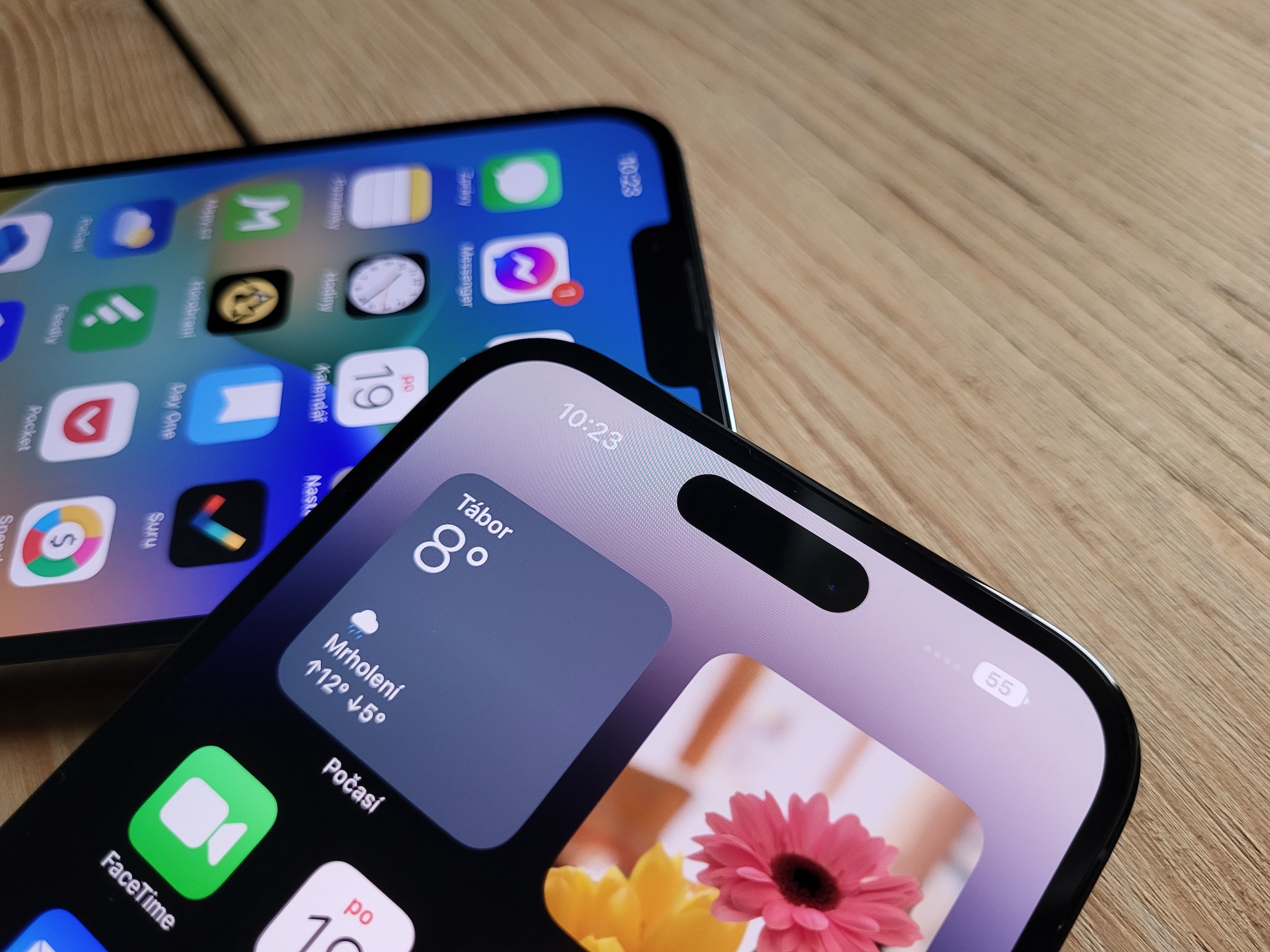
What about him?
What I'm getting at is that sooner or later the technology will be fine-tuned so that it is well usable and the results are representative enough that more manufacturers will use this kind of hidden camera and put it in their top models as well. But when Apple's turn comes, how will it behave? If the camera can be hidden, the sensors will certainly be hidden, and if we have everything under the display, when it will have a thinner grid above these elements, there will be no need for Dynamic Island. So what does that mean?
It's clear that while every Apple Androidist has laughed at the display cutout, because the competition has holes, the time will come when they will laugh at Dynamic Island, because the competition will have cameras under the display. But how will Apple behave? If he teaches us enough about his "changing island", will he be willing to get rid of it? If it hides the technology under the display, the whole element will lose its primary purpose – covering technology.
It could be interest you
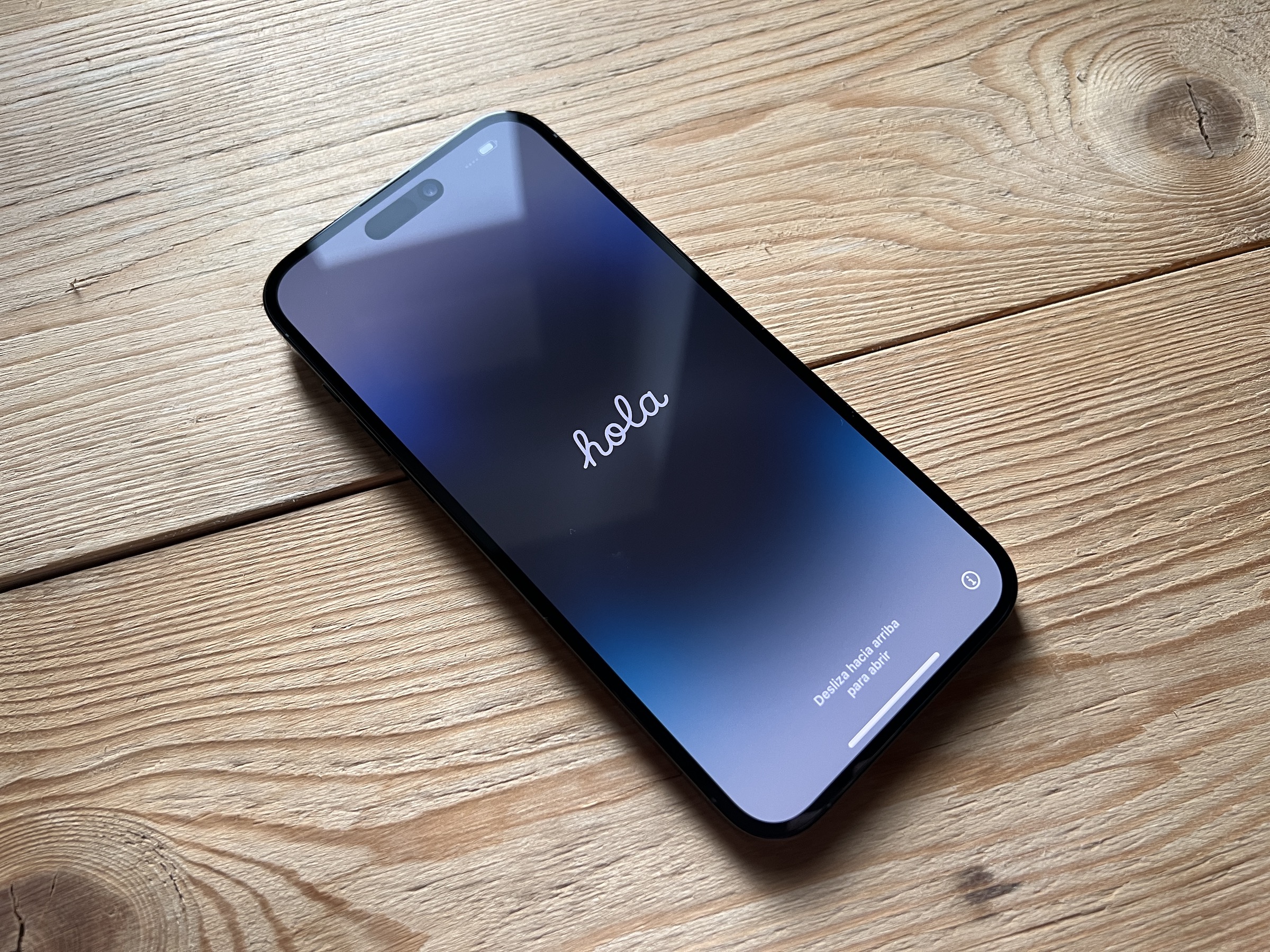
So it can remove it, or it can still use that space the way Dynamic Island uses it, it just won't be visible here, and when it has nothing to display, it simply won't display anything. However, the question is whether it has the potential to hold up in such use. There will be no reasonable argument for its preservation. Dynamic Island is therefore a nice and practical thing for some, but Apple has created a clear whip for itself, from which it will be difficult to run away.
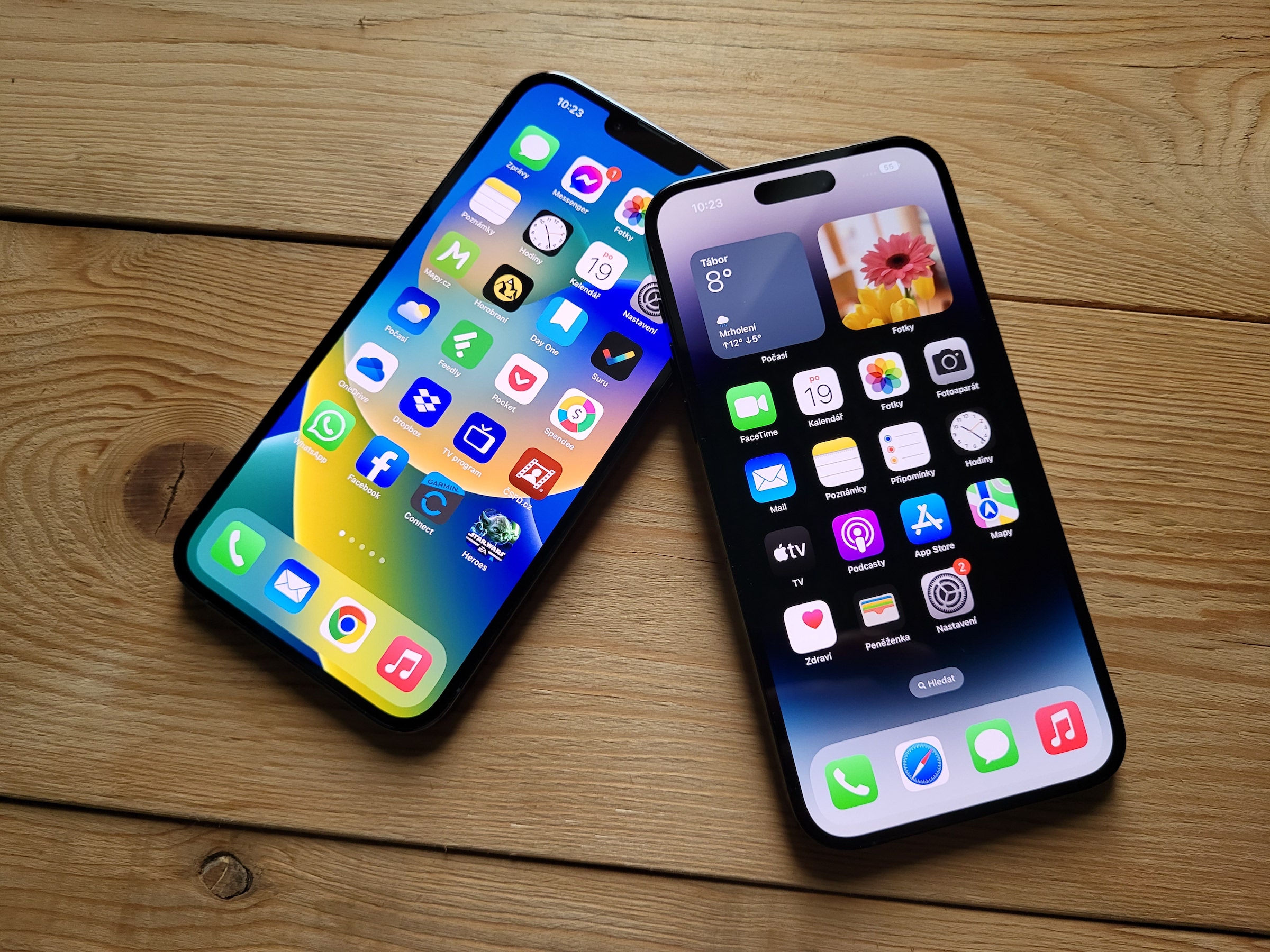
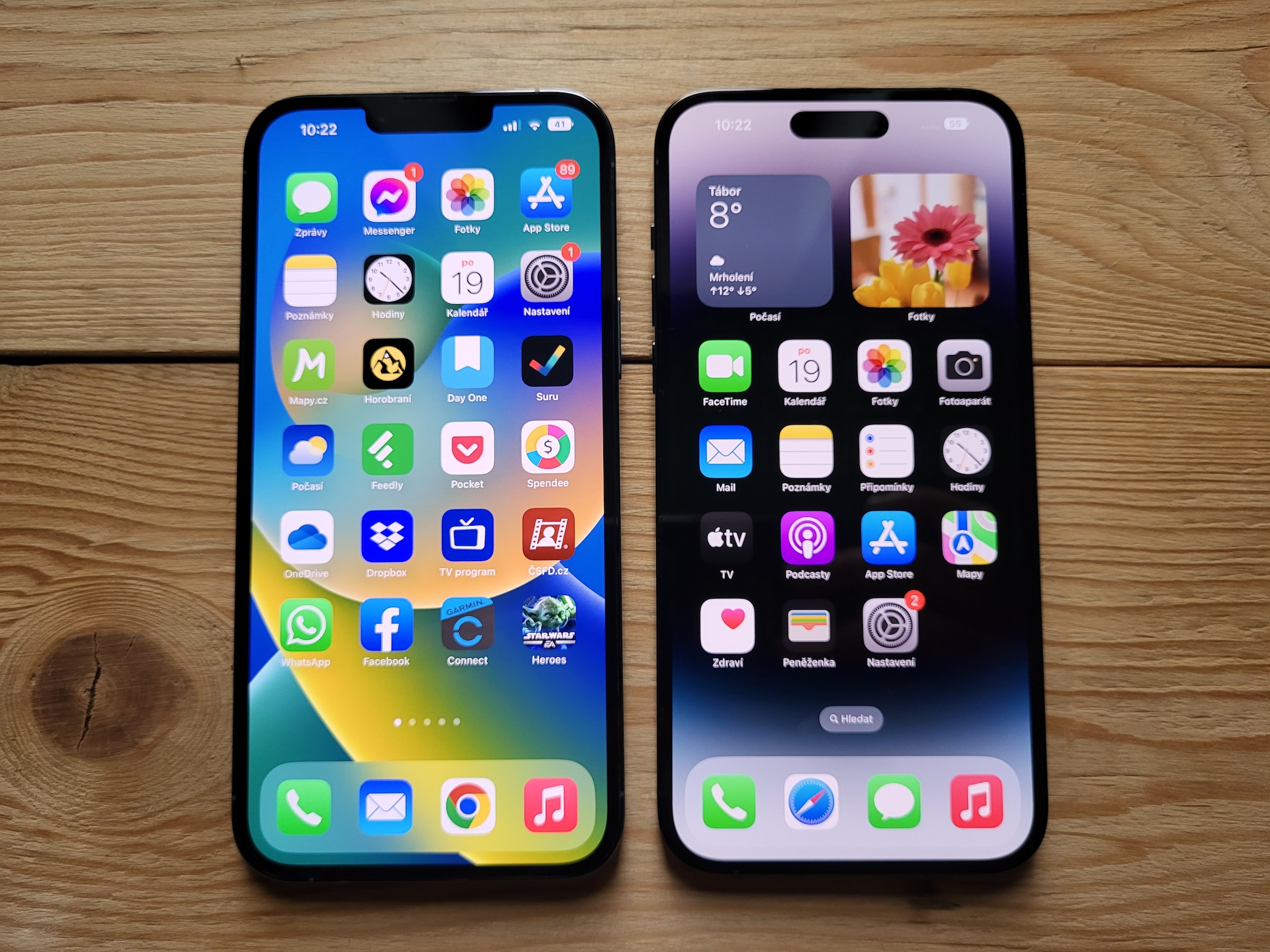

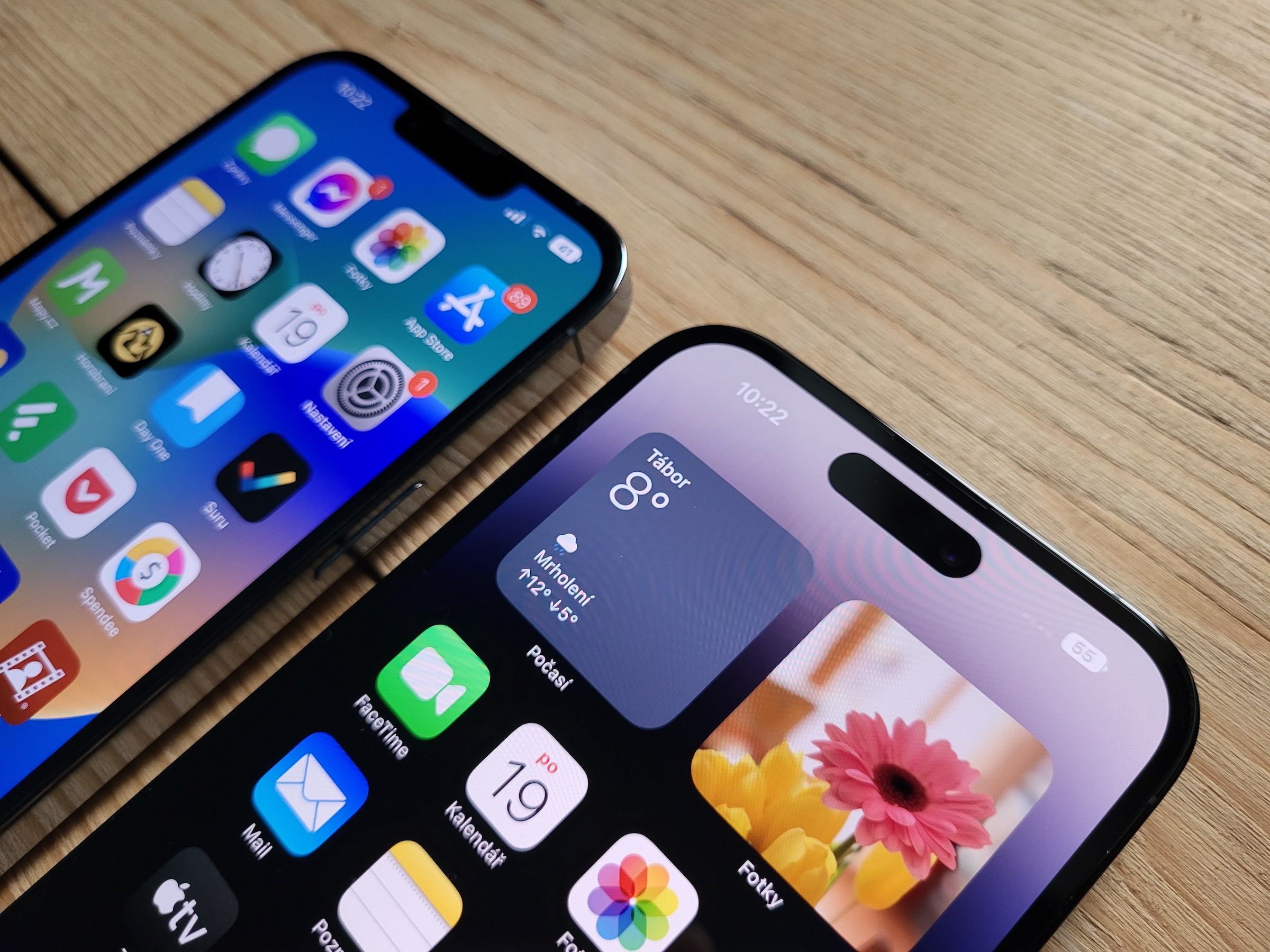
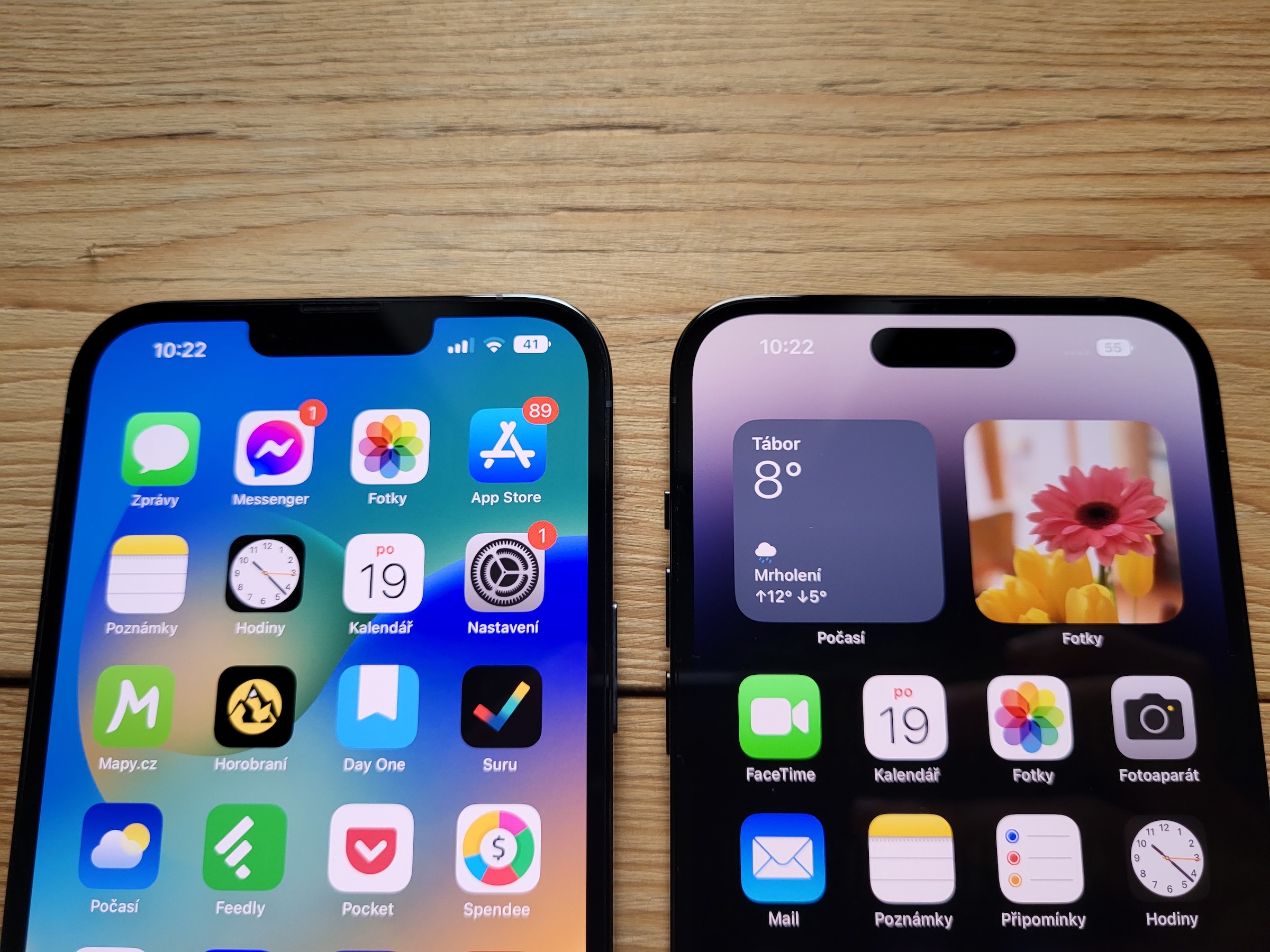
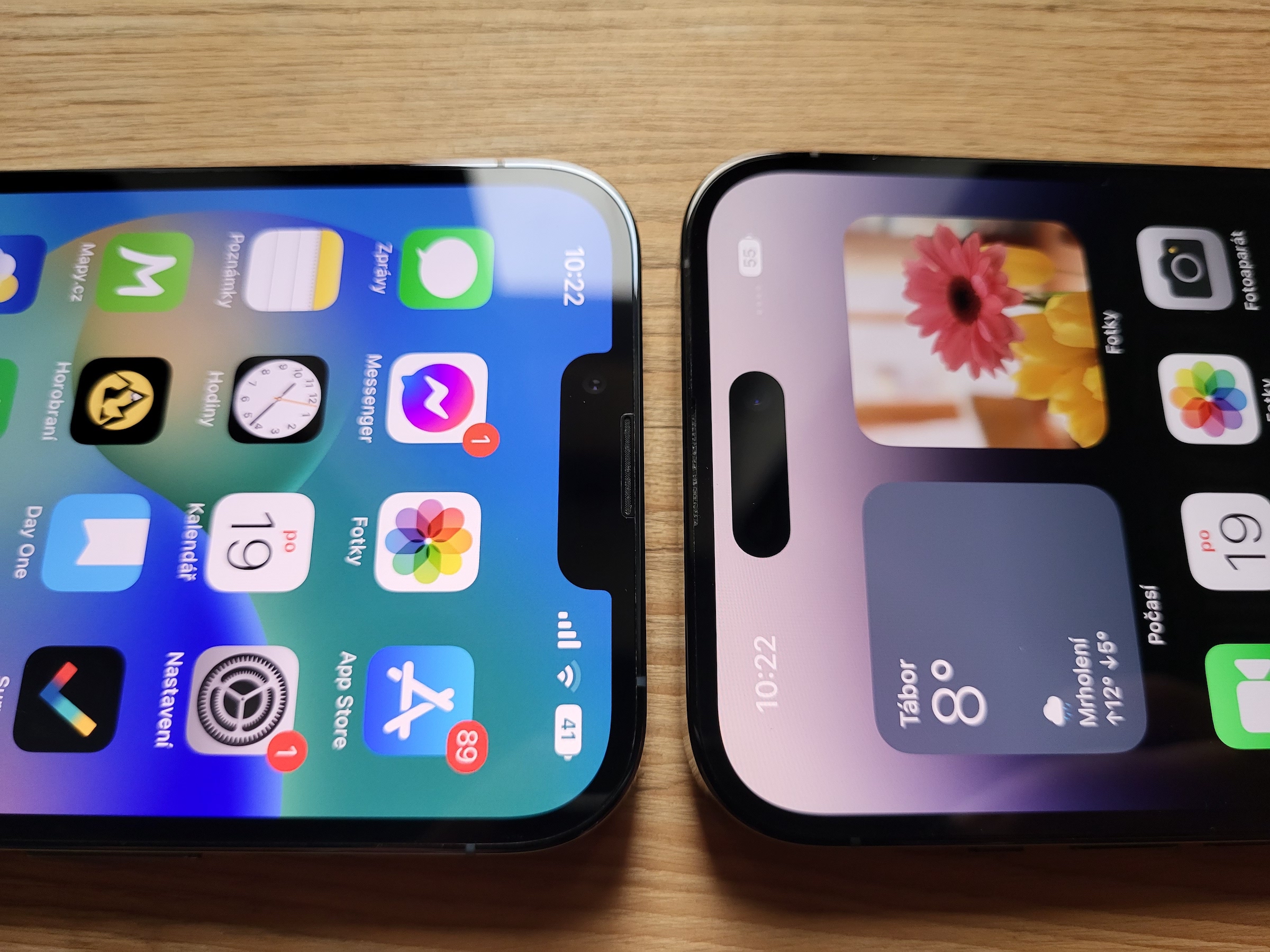
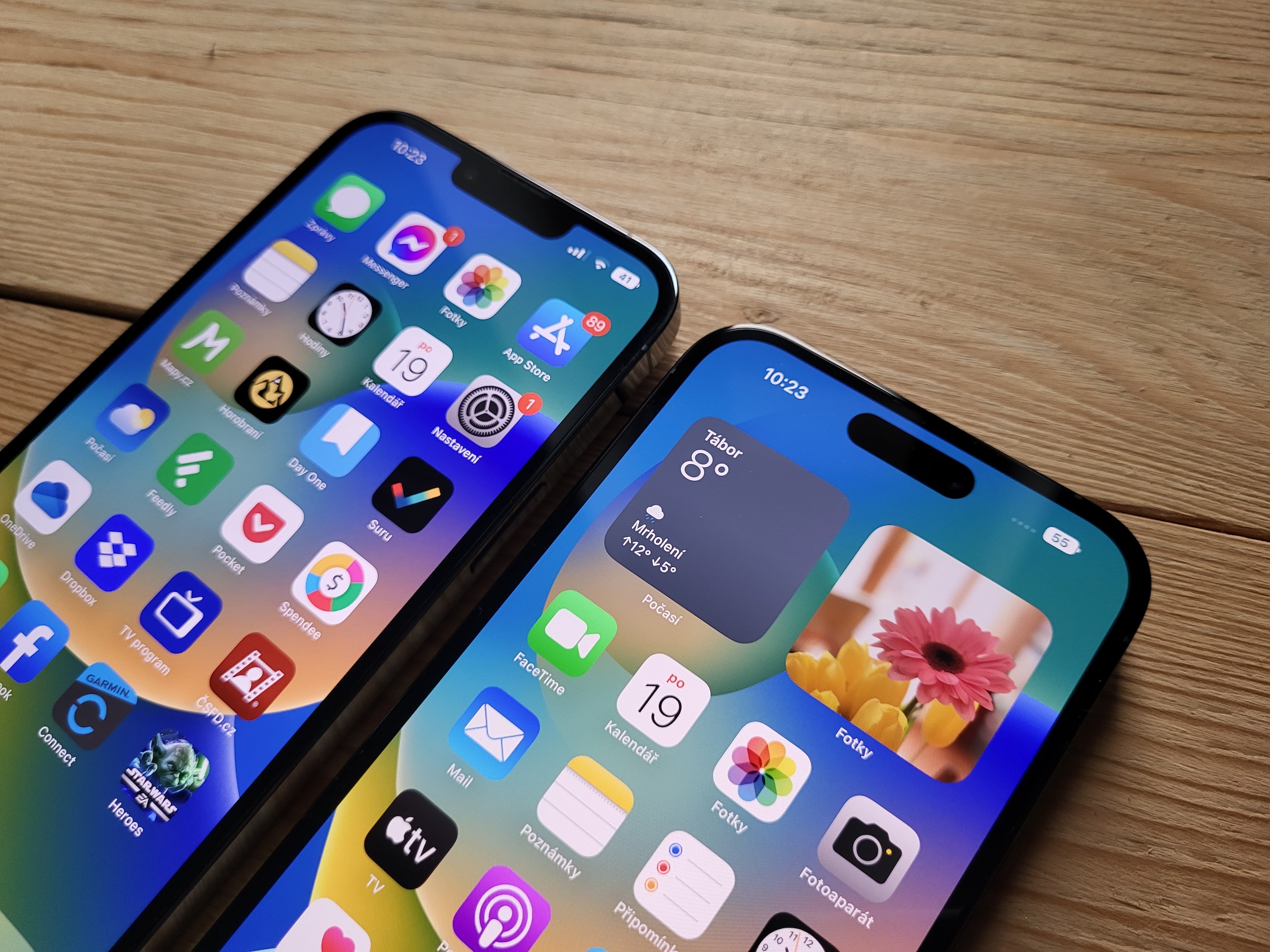
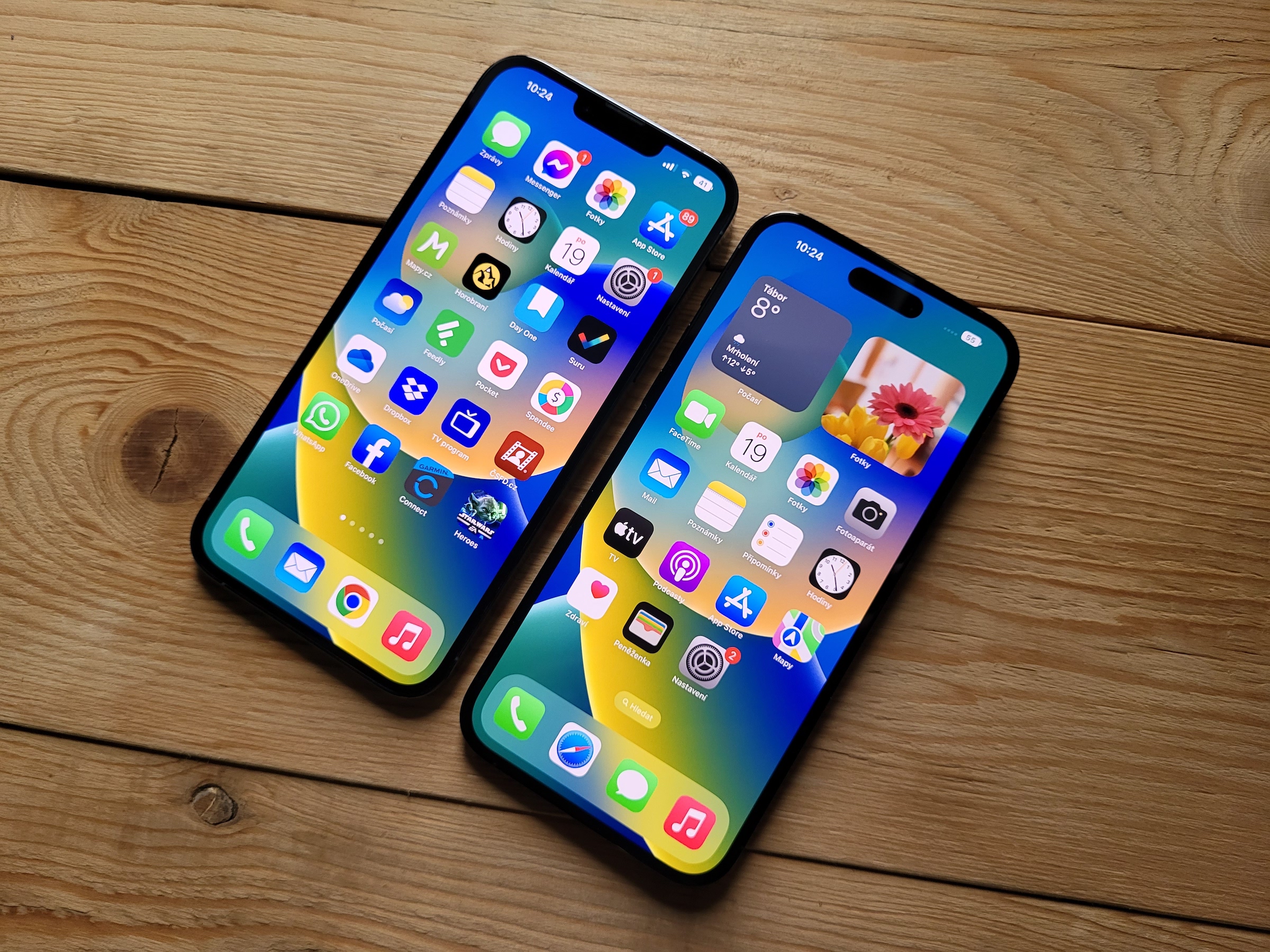
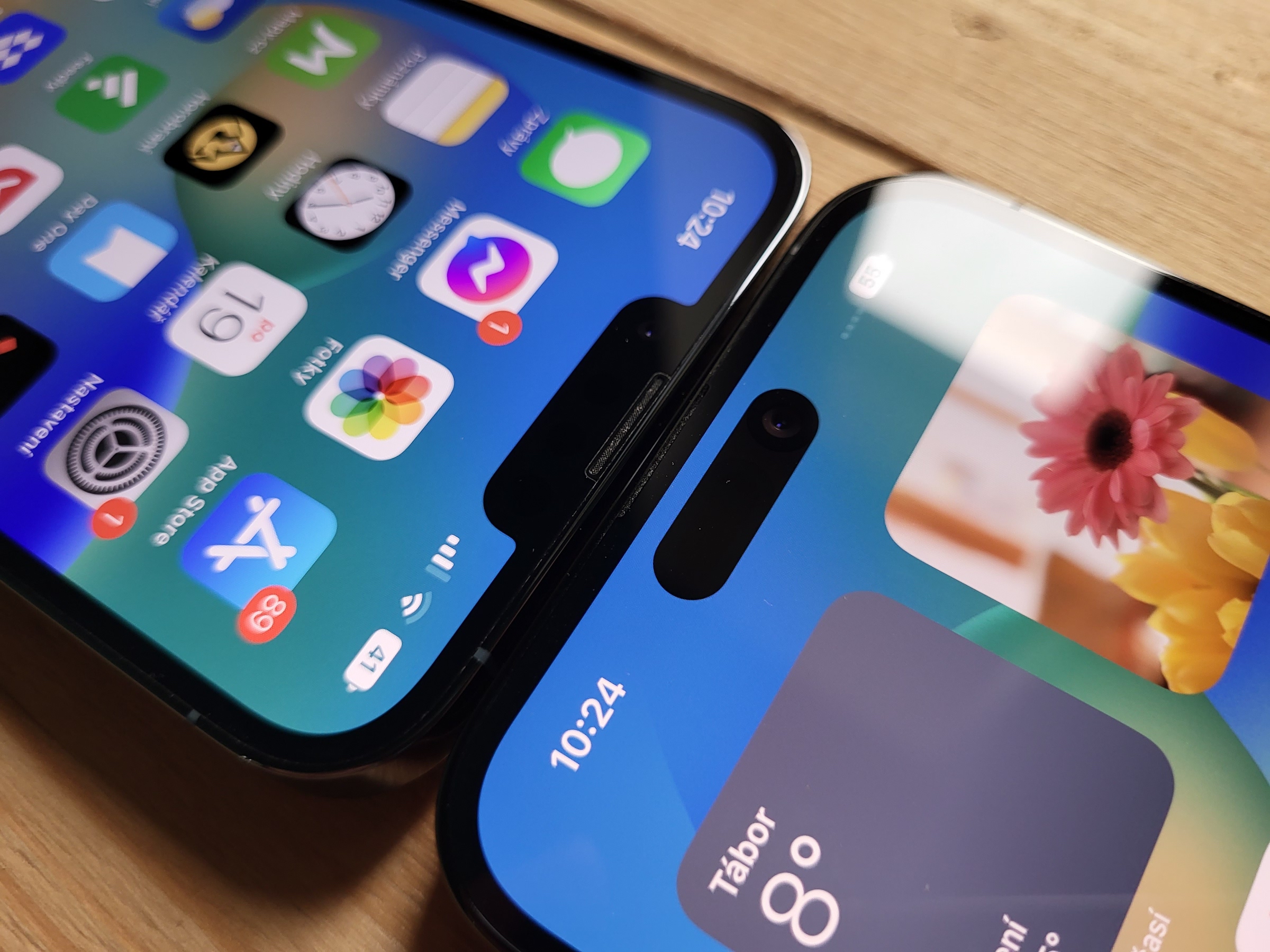
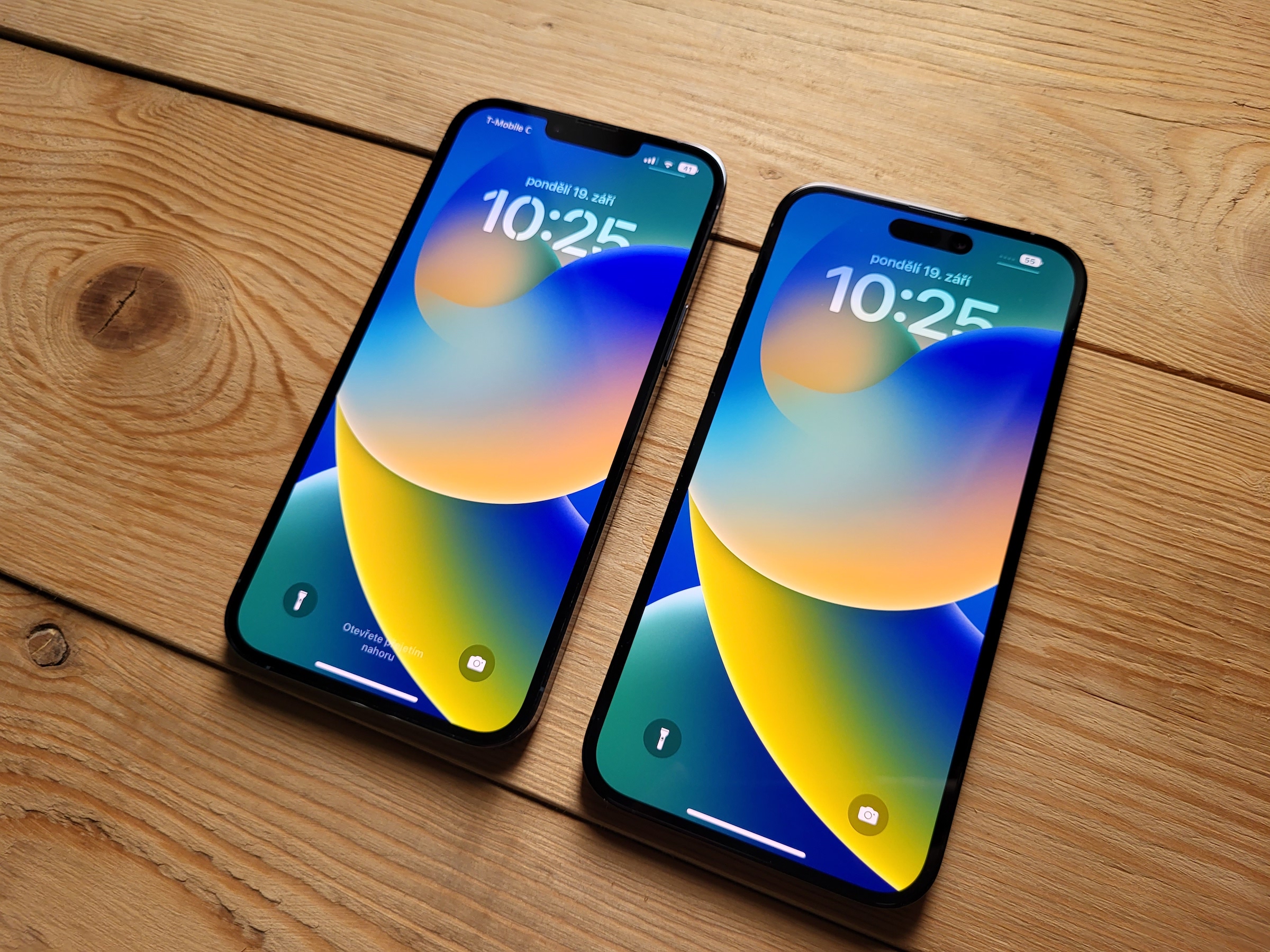
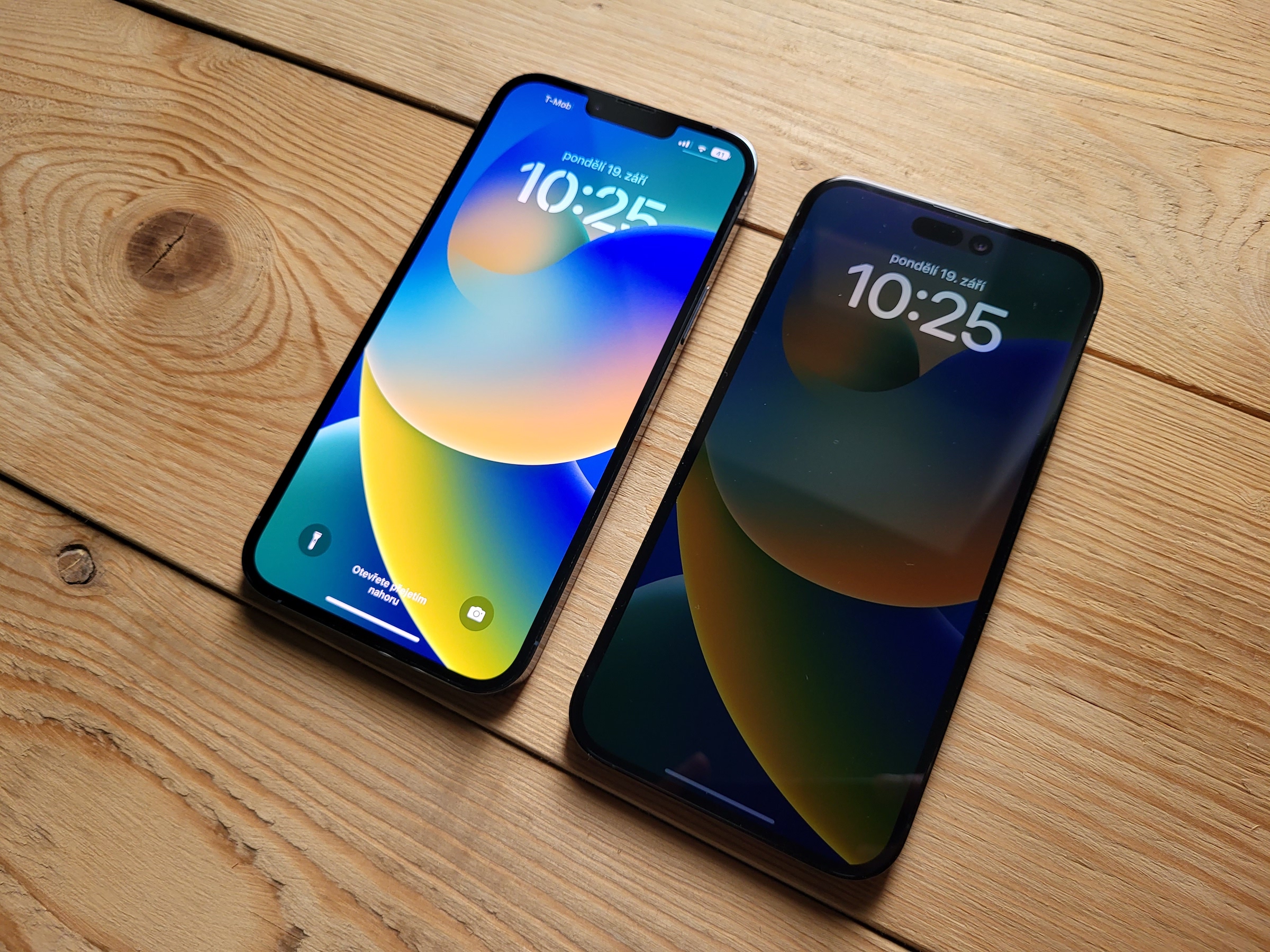
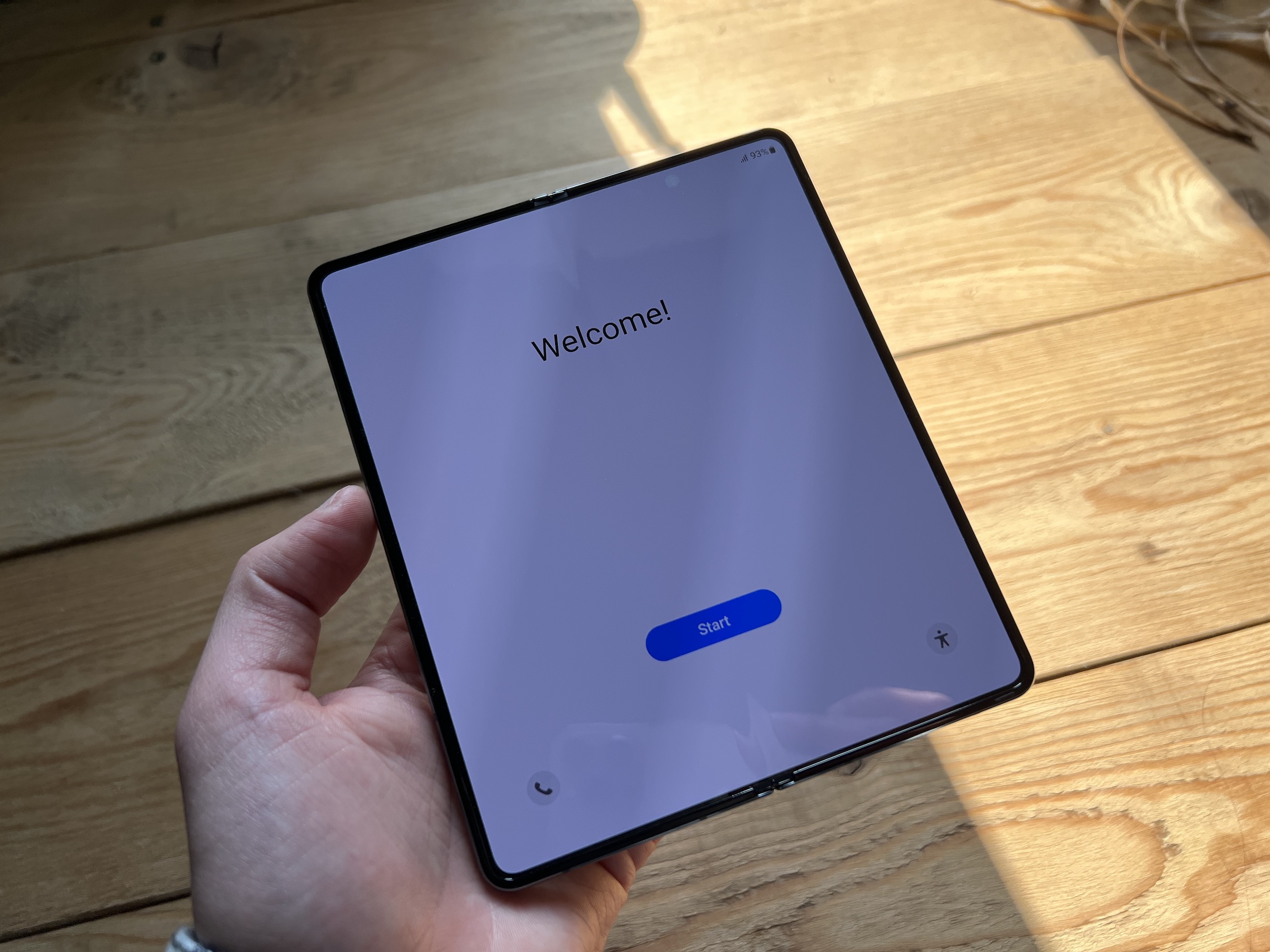
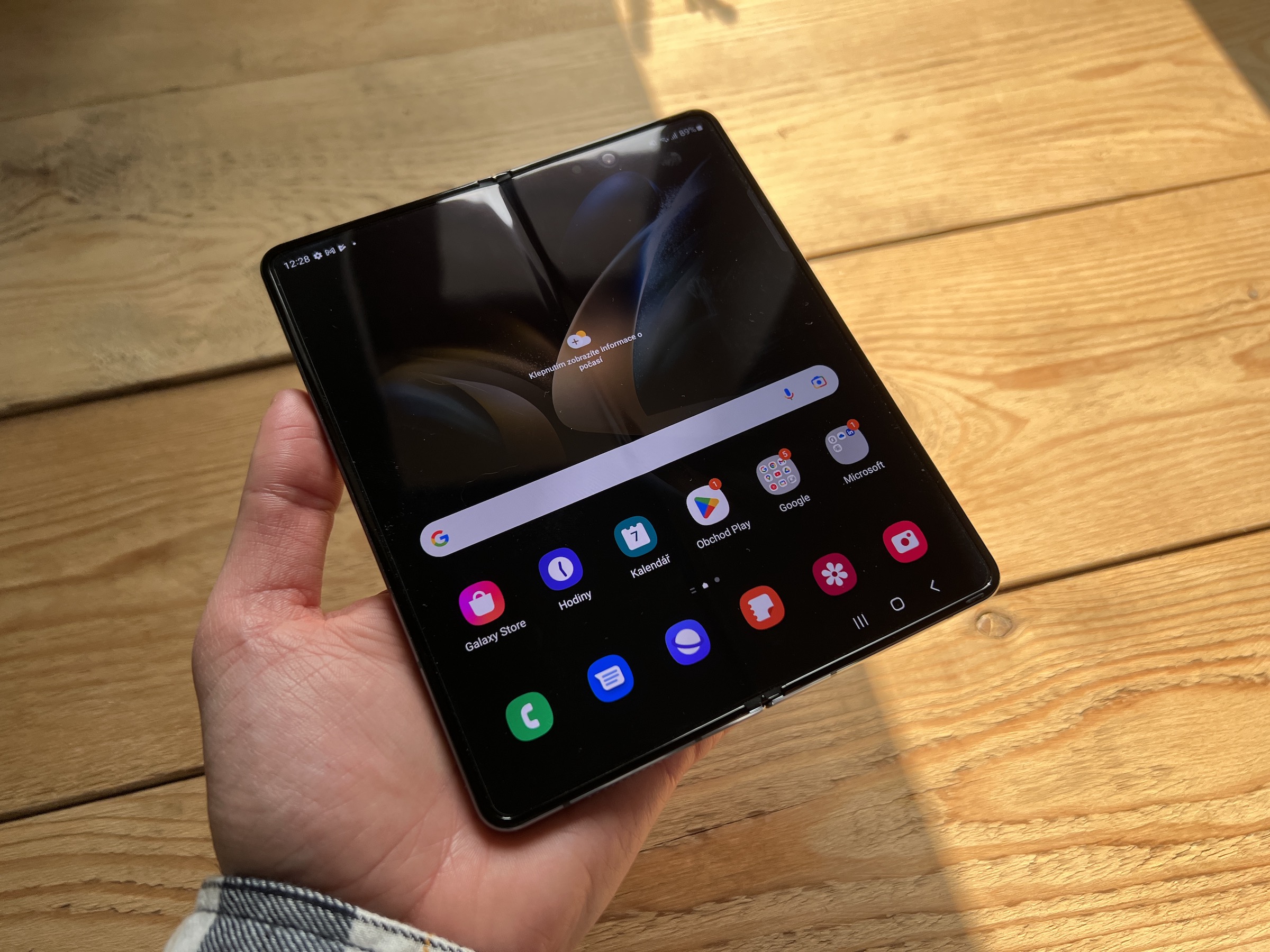
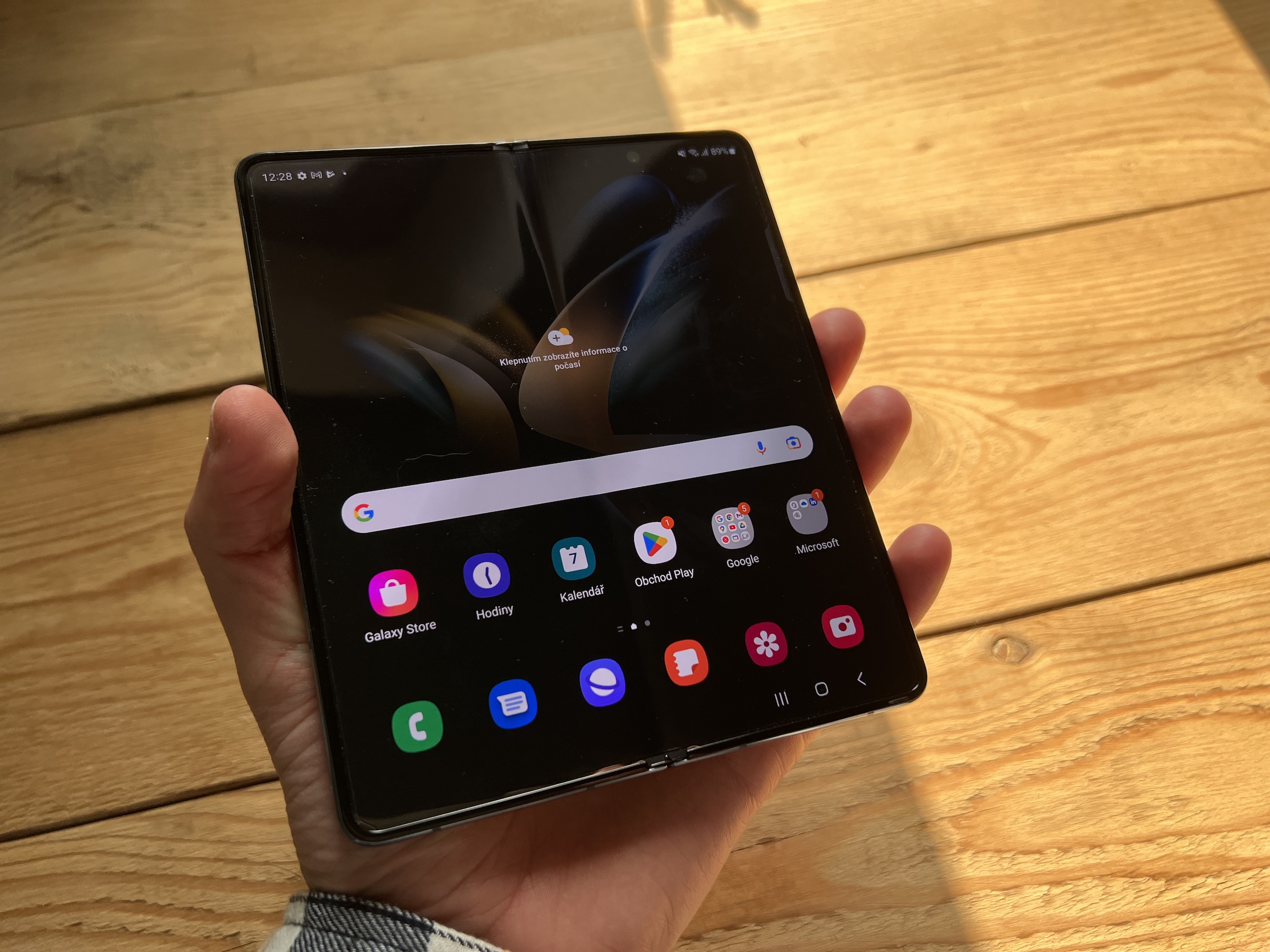

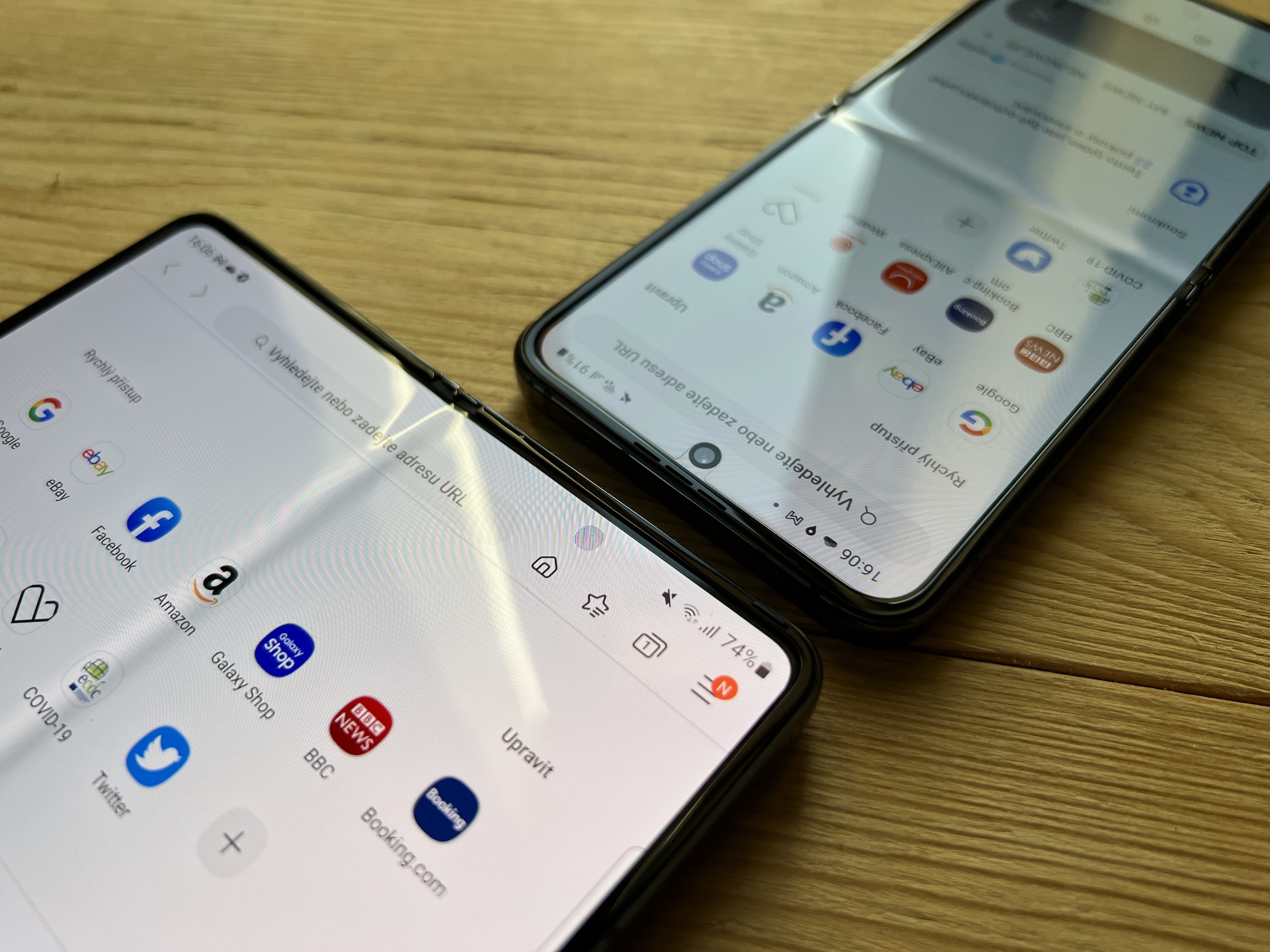

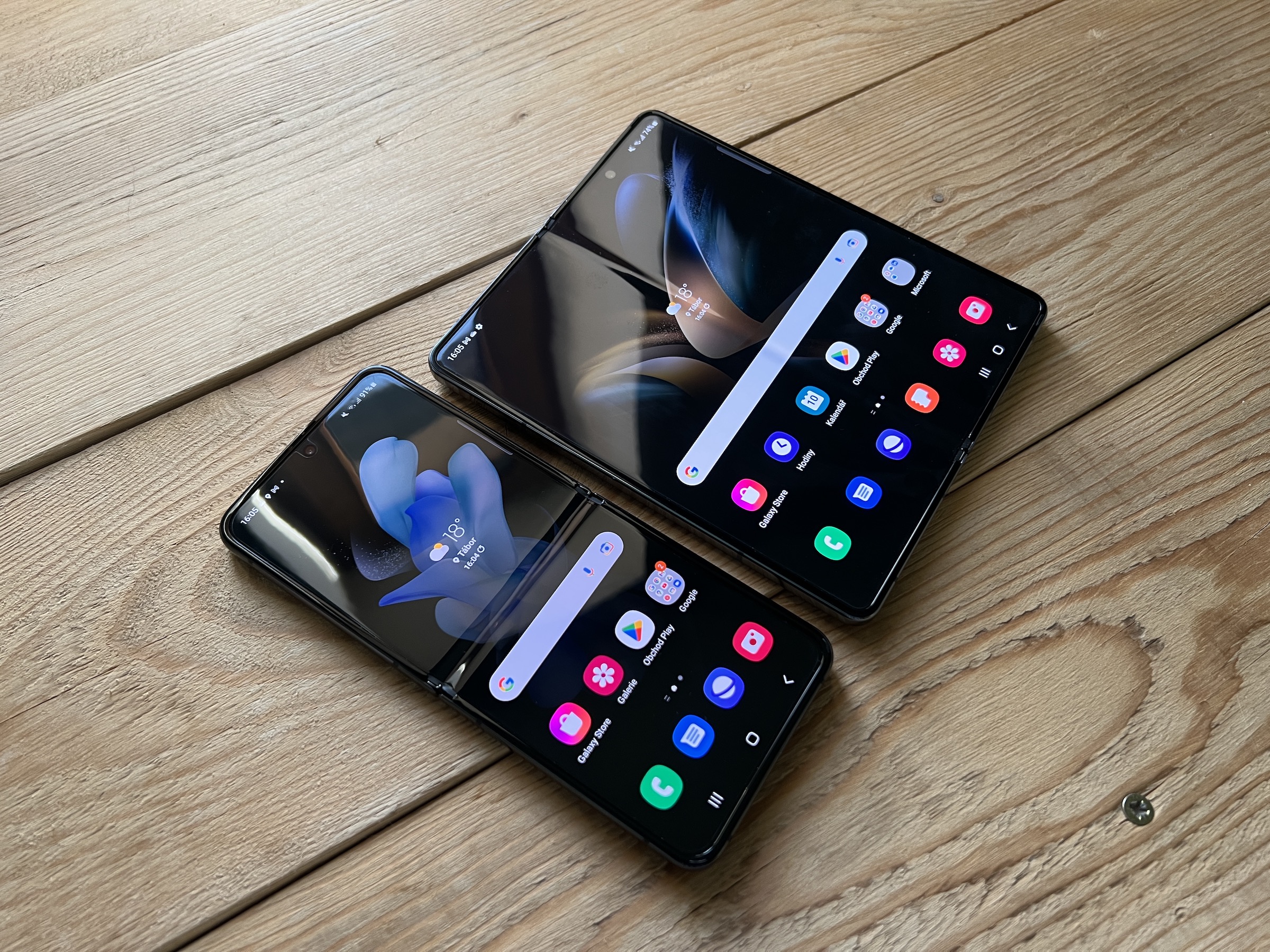
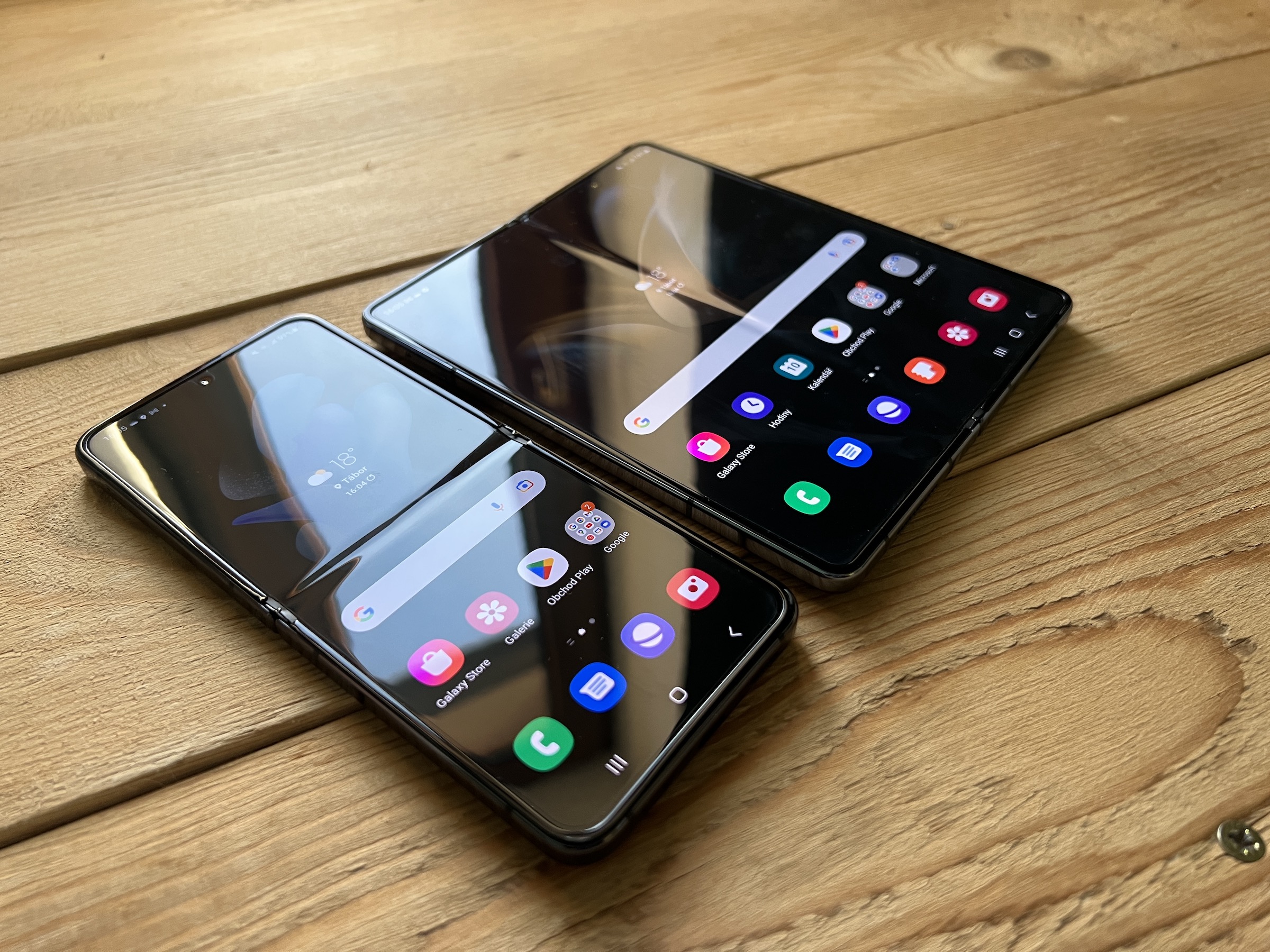
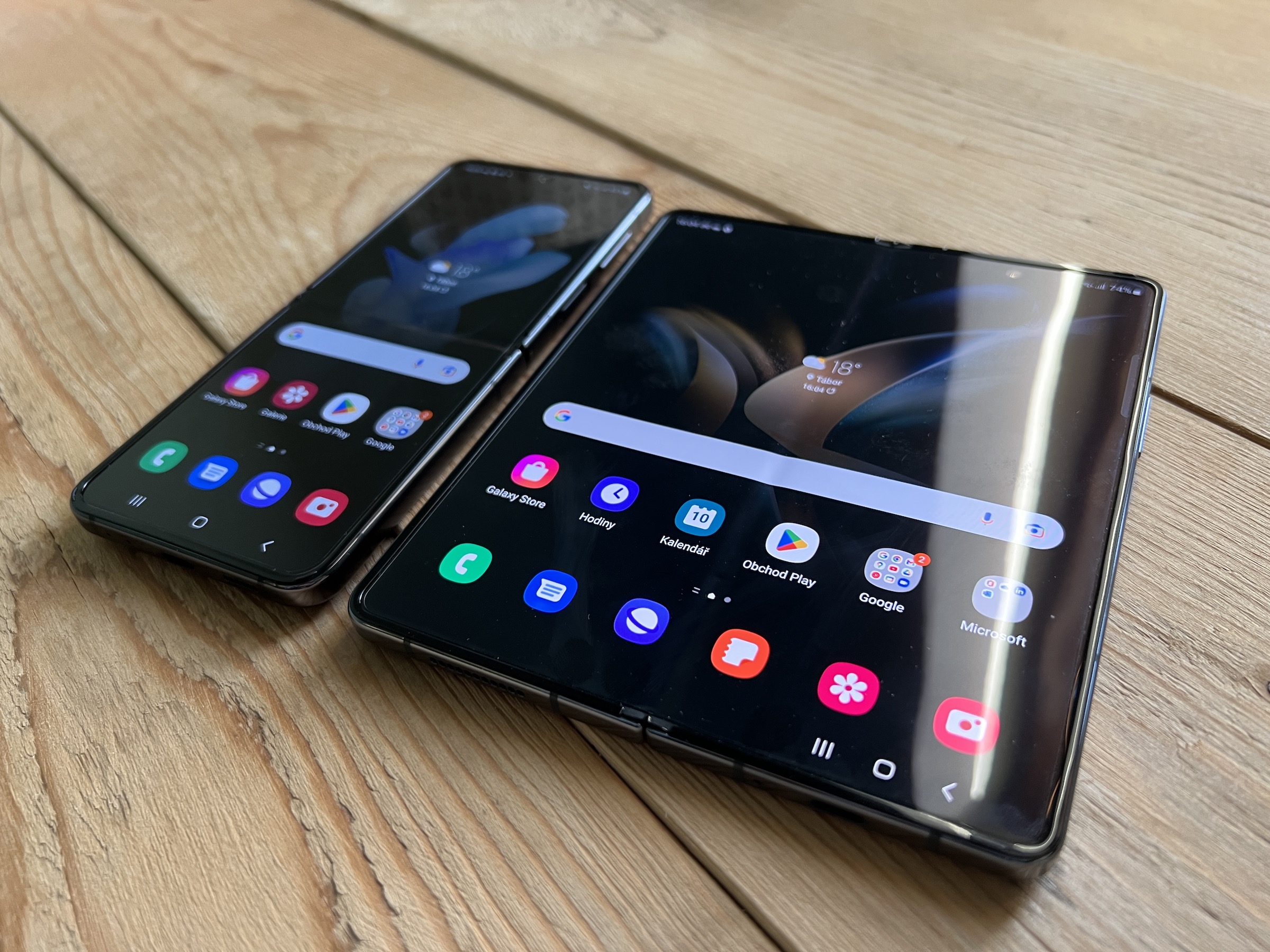
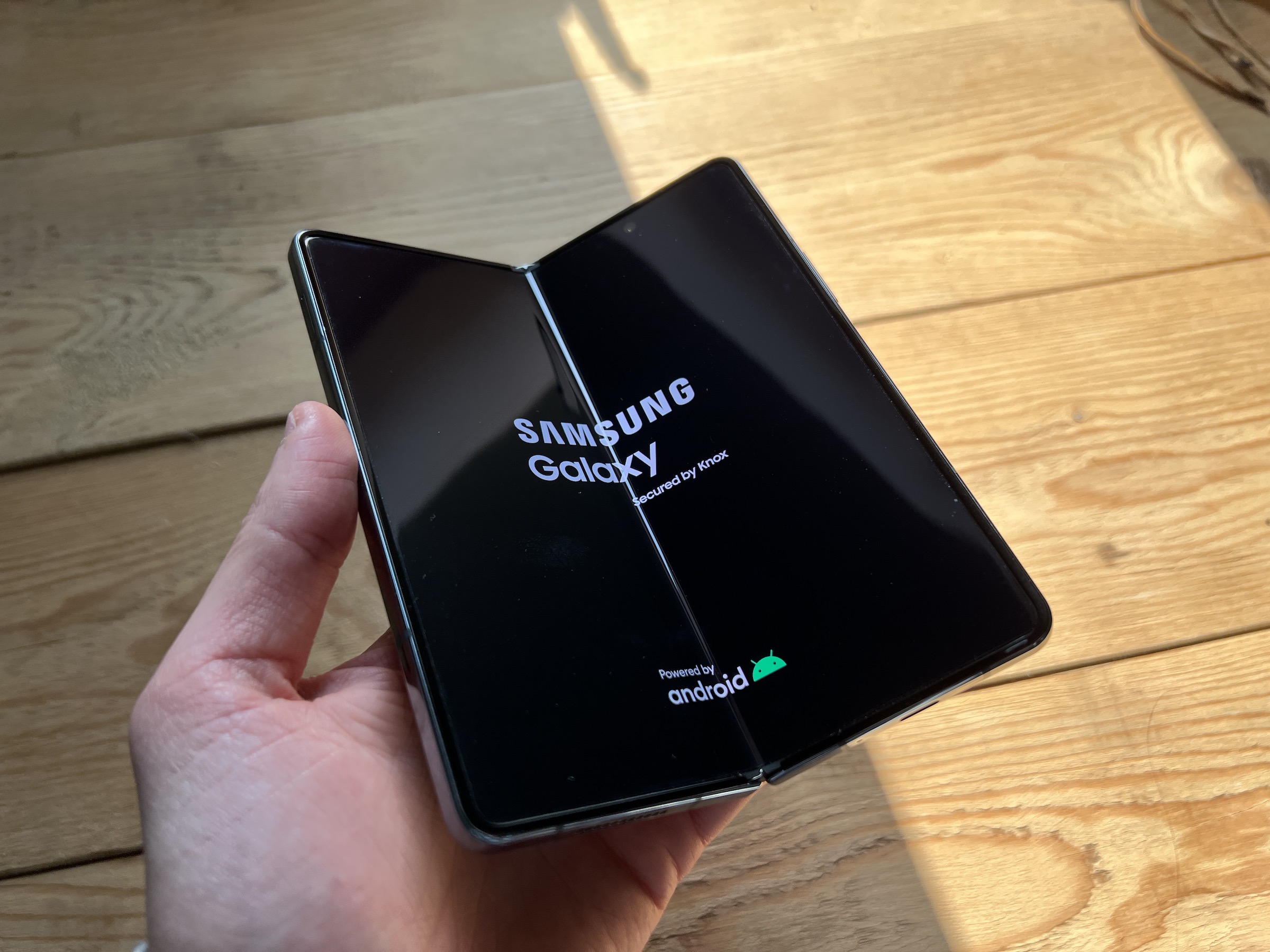
 Adam Kos
Adam Kos
When there is no camera, we will be able to set Dynami Island up/down/off. Then it will still make sense. I'm just now wondering how you can control the big plates with one hand on the upper edge ;o)